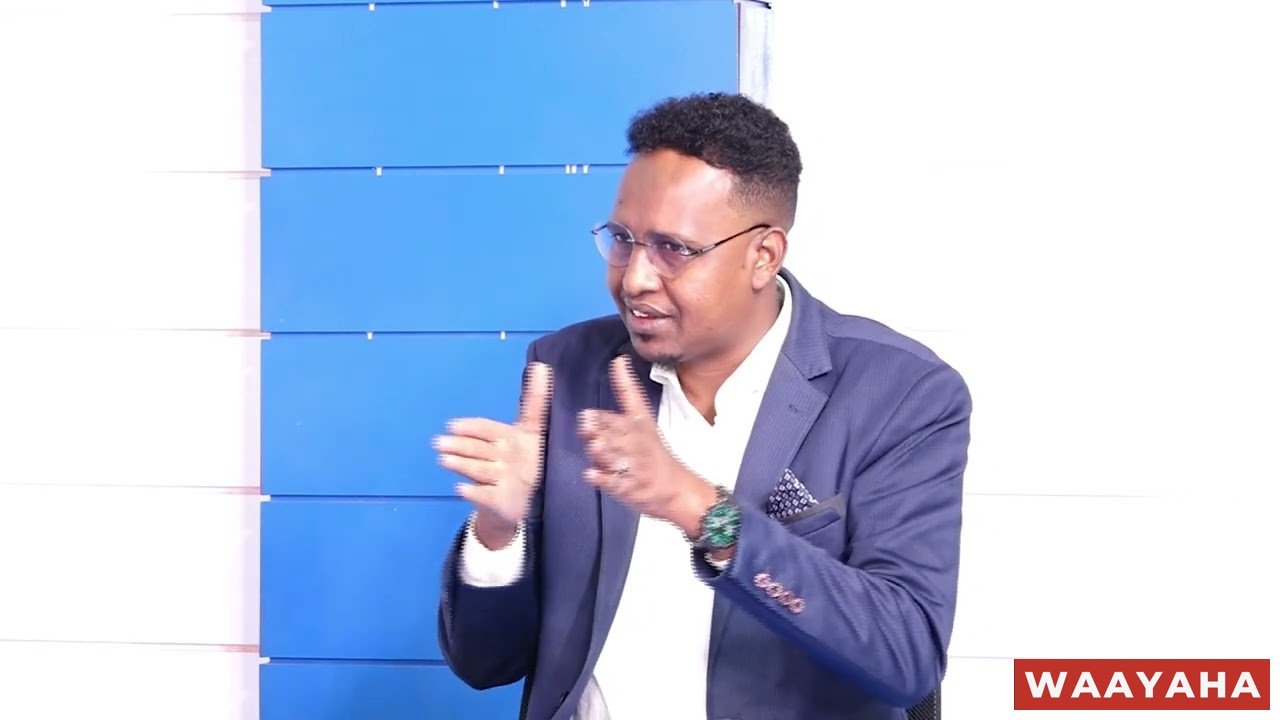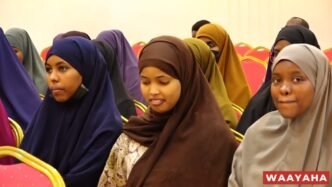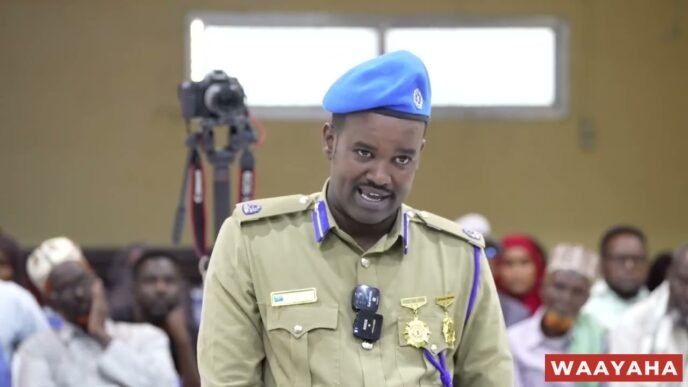In October 2020, devastating floods swept through the Gedo region of Southern Somalia, destroying vital bridges that served as economic lifelines for local communities. The collapse of these bridges in Baardheere, Buurdhuxunbuu, and parts of Luuq disrupted trade, mobility, and access to essential services, plunging the region into a humanitarian crisis.
However, amidst the adversity, a grassroots movement emerged, driven by the determination of local elders, business leaders, and the diaspora community. Recognizing the urgency of the situation, they formed a committee dedicated to spearheading the reconstruction efforts.
Professor Ibrahim Farah Bursalid, the committee’s chairman, recounts the harrowing impact of the floods and the subsequent challenges faced by the community. “It was a disaster beyond human comprehension,” he says. “The bridges’ destruction disrupted every aspect of life, from education to healthcare, trade, and social interactions.”
Despite initial setbacks and delays, the committee has made significant strides in raising awareness and garnering support from various stakeholders, including the federal government, the Jubbaland state administration, and international organizations.
Through a series of consultations, technical assessments, and fundraising efforts, the committee has developed a comprehensive plan to rebuild the bridges. Their approach prioritizes sustainability, resilience, and community ownership, ensuring that the reconstructed infrastructure can withstand future environmental challenges while serving as a catalyst for economic revival.
One of the committee’s innovative ideas is to explore the possibility of constructing a single, longer bridge or a series of interconnected bridges, drawing inspiration from engineering marvels in Europe and North America. This approach not only addresses the immediate need but also aims to establish a robust transportation network that can facilitate trade and mobility across the region.
The reconstruction efforts have also garnered support from the Somali diaspora, with various community groups and individuals contributing funds and advocating for the cause. One such group, the “Build Your Country” initiative based in Minnesota, has been actively raising awareness and mobilizing resources for the project.
While challenges remain, including securing sufficient funding and navigating the complexities of the reconstruction process, the committee remains undeterred. Professor Bursalid emphasizes the importance of collective action, stating, “This is not a task for any single entity; it requires the collaboration of the government, the private sector, and the community to succeed.”
As the reconstruction plans progress, the people of Southern Somalia hold onto hope – hope for reconnected communities, revived economic opportunities, and a future where the bridges stand tall, symbolizing resilience and unity in the face of adversity.











